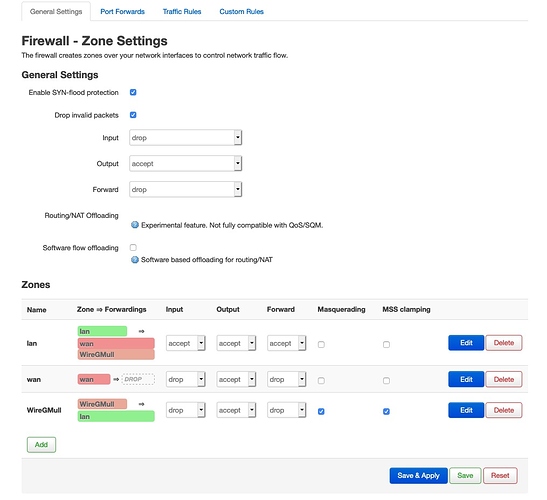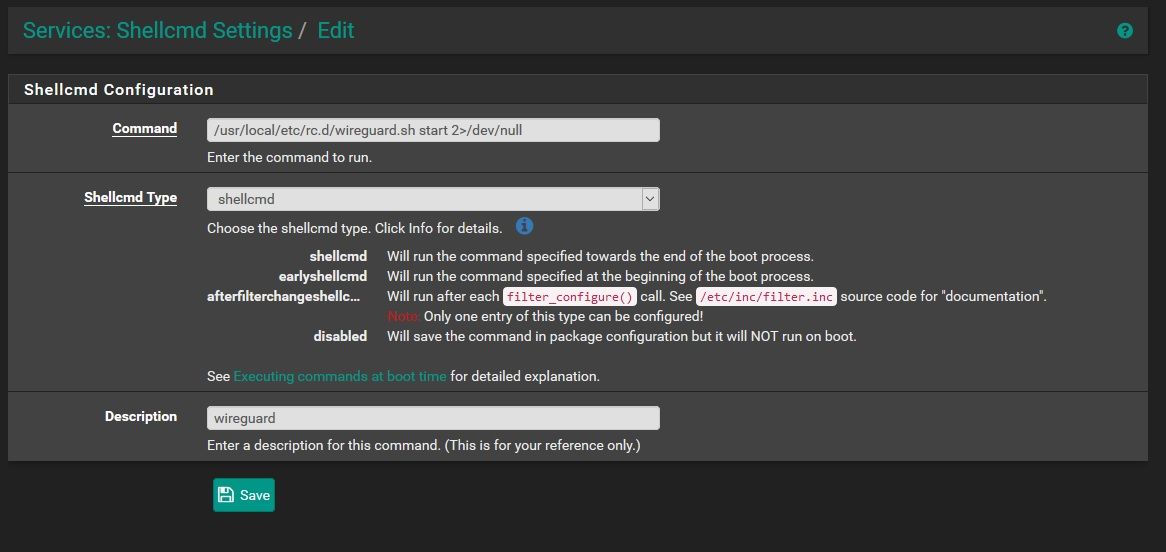



The first thing we must do is install all the necessary packages for this to work properly. OK - Here go - let's get down to the business at hand. Personally I do not find any of these solutions to be as efficient as the one I will detail here. I know - pfsense has WireGuard built in as a package - and there is pfSense-pkg-WireGuard maintained by theonemcdonald. Forget about anything else you may have heard about how to achieve this goal - this is the most simple, direct and effective method you will find. Well, I am very pleased to announce that you have come to the right place if you want rock solid WireGuard on pfSense ( finally ). I am one of the many who have tried to get WireGuard up and running on pfSense 2.5.2. I have enabled the port to go through the firewall in the Google Cloud console aswell.First you all know the drill by now - " The Intro " - a true legend Jackie to all - and the lyrics as always - just for fun - / Surprise Bonus : I have opened a port on the Mullvad page which is the same port as the Wireguard server (triple checked this) and I am using the IP of the Mullvad server as endpoint to connect to. However, when I connect to Mullvad through the CLI, I lose all access to the VM (which I expected), but I can't connect to the Wireguard server anymore. Everything works and traffic goes through smoothly. I can connect to the Wireguard server just fine once the interface is up. I do this so I can install a Pi-Hole instance aswell as an Unbound instance. I plan to host a Wireguard server on a Google Cloud VM (Ubuntu), which is then connected to my VPN provider (In this case, Mullvad).


 0 kommentar(er)
0 kommentar(er)
